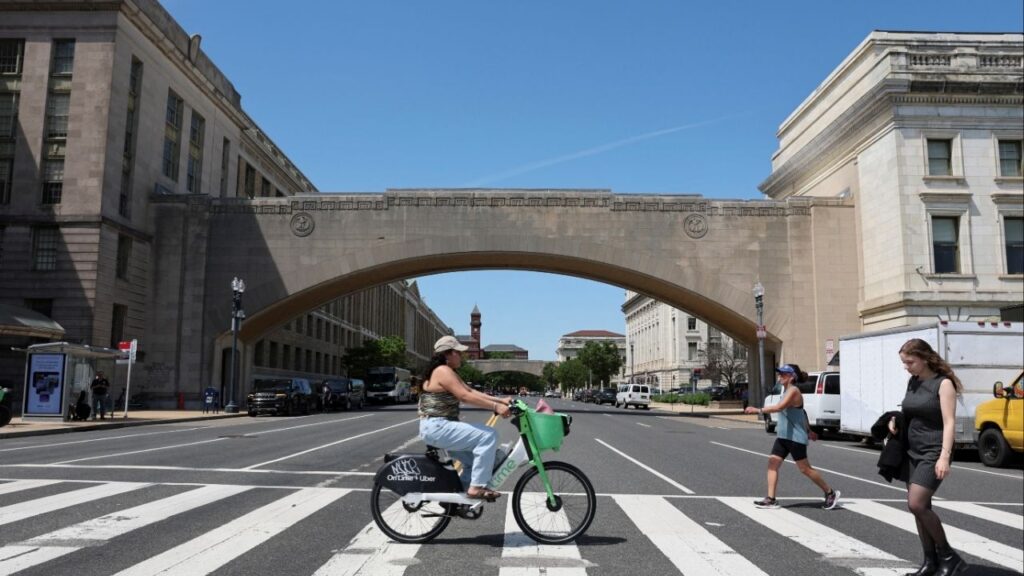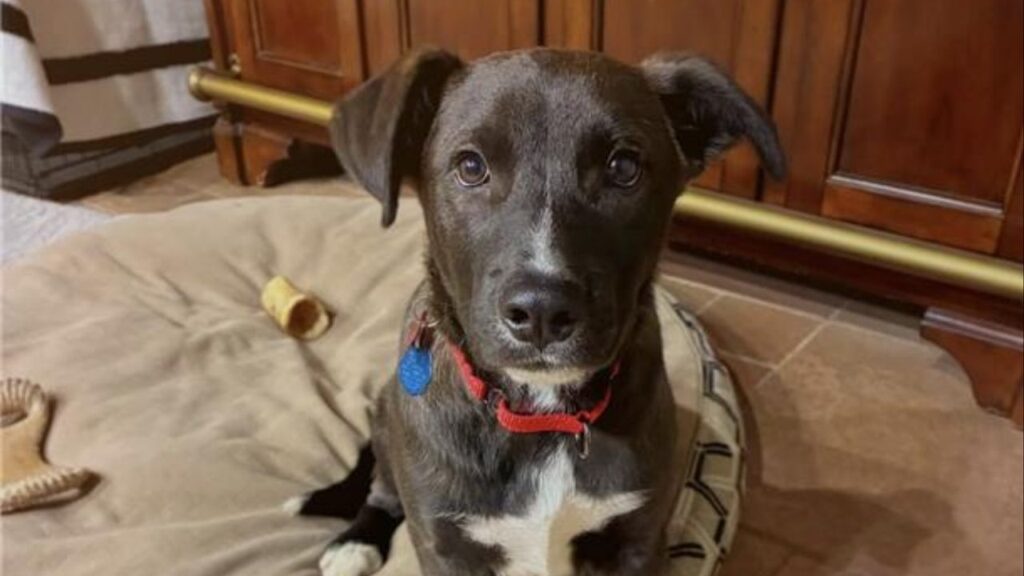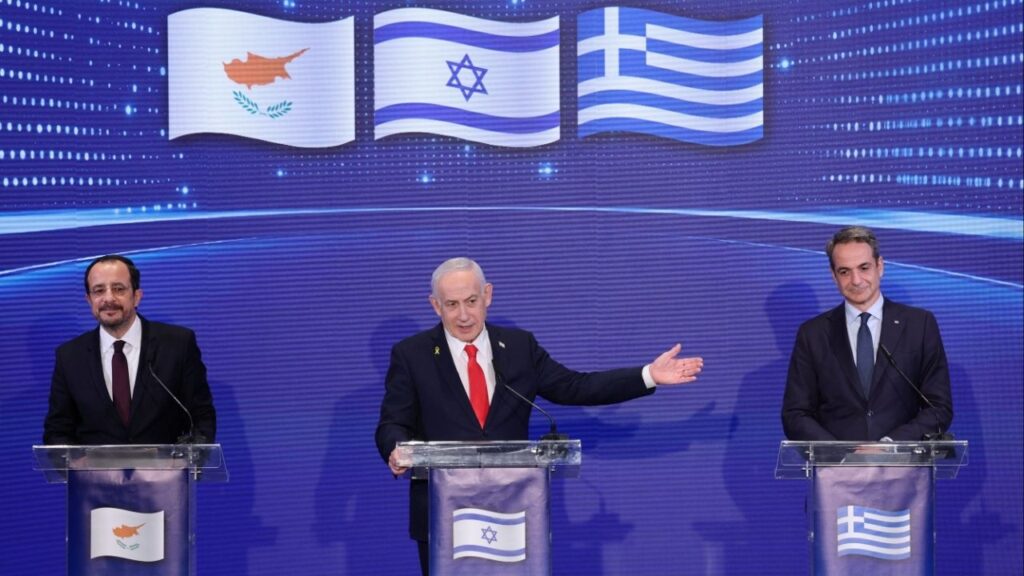Share
University of Utah electrical and computer engineering professor Massood Tabib-Azar has received a $200,000 National Science Foundation Rapid Response Research (RAPID) grant to develop a portable, reusable coronavirus sensor that people can carry with them.

The sensor, about the size of a quarter, works with a cellphone and can detect COVID-19 in 60 seconds.
“It can be made to be a standalone device, but it can also be connected to a cellphone,” says Tabib-Azar. “Once you have it connected either wirelessly or directly, you can use the cellphone software and processor to give a warning if you have the virus.”
Tabib-Azar’s technology, which was profiled in papers published last month in IEEE Sensors Journal, involves a drop of saliva. It is based on a sensor the professor began developing for the NSF about a year ago to detect the Zika virus. He is converting the technology to work with COVID-19.
August Goal Set
“I am working hard to have the sensor commercialized by mid-August,” Tabib-Azar tells GV Wire℠ by email. “I was working on personal Zika virus and as soon as I learned about COVID-19, I knew I can modify the Zika sensor to detect the COVID-19.”
Sensor Technology
The sensor would use single-strand DNA called aptamers in the sensor that would attach to the proteins in the COVID-19 virus molecule if it is present. A person would plug the small sensor into the cellphone’s power jack and launch an app made for the device.
To test for the presence of the virus, the user would place a drop of saliva on the sensor, and the results would appear on the phone. It is designed to also test for the virus on the surface of something, like a table or desk, by brushing a swab on the surface and then on the sensor.
Tabib-Azar says the sensor would include an array of tiny devices inside of it, each with a DNA strand that looks for a different protein. A specific combination of proteins would be unique to COVID-19.

“I was working on personal Zika virus and as soon as I learned about COVID-19, I knew I can modify the Zika sensor to detect the COVID-19.”–Massood Tabib-Azar, University of Utah electrical and computer engineering professor
Mapping Results
The device also can be designed to upload the results to a central server that maps out positive results in an area, giving researchers a clearer and more accurate picture of where hotspots are with big outbreaks of the virus.
iPhone & Google COVID-19 Exposure Notification
Apple users may have noticed an update on May 20 that appears to be a COVID-19 tracker. Users have to opt-in for the technology to work.
Forbes writes, “It’s not an app; it’s the framework within the operating system that will allow such an app to function once it becomes available and if you decide to install it.”
Apple and Google published a joint statement about this May 20: “What we’ve built is not an app — rather public health agencies will incorporate the API into their own apps that people install. Our technology is designed to make these apps work better.”

Sierra Pacific Orthopedics Contact Tracing App
ABC30 reported a tech spinoff from Sierra Pacific Orthopedics created an app where people can track their own health and give public health officials a head start on tracing when someone gets sick.
If someone develops symptoms, the app will set off alarms for the people they socialize with. Unlike the Google and Apple collaboration, it does not track you by your phone. It relies on self-reporting.
Dr. Richard Lembo of Sierra Pacific Orthopedics tells GV Wire℠ via email the app went live on June 12. “We are meeting with CUSD on Thurs, FUSD, Central and Madera all are reviewing it,” writes Lembo.
Lembo says Fit Republic has signed a contract for 11 gym locations with a deployment date in early July. Sierra Pacific Orthopedics’ 225 employees are using it also. Fresno State athletics will go live with the app on July 6.
Organizations would pay about $3 per person per month to use the app.






